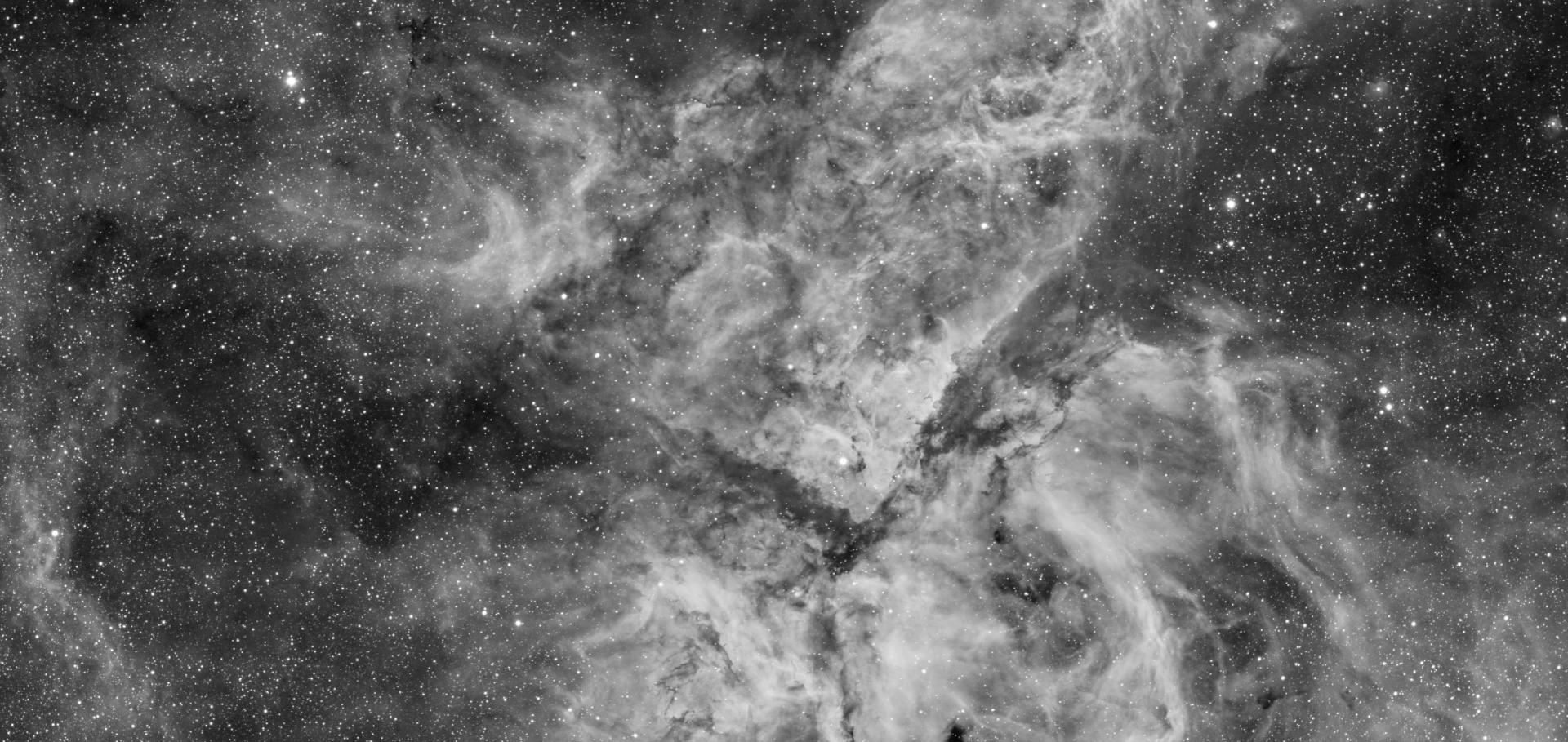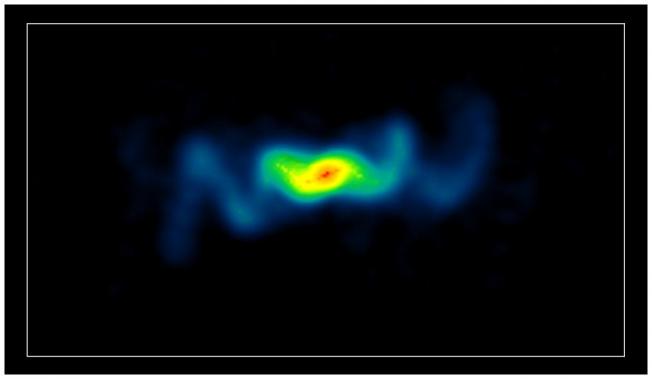Two types of radio galaxies: a new approach
ASTR SOC P 250 (2002) 281-289
Abstract:
We do not fully understand the dynamics and evolution of a radio galaxy. Models of classical double (FR II; Fanaroff & Riley 1974) sources are in a reasonable state, but these objects are rare. Non-FRII sources (generically called FRI) axe far more common, but much less well understood. In this paper I use the data to suggest possible new models for FRI sources, and discuss, the physical questions which these new models raise.VLA images of Virgo A and their implications
ASTR SOC P 250 (2002) 422-427
Abstract:
Results of recent imaging observations of Virgo A (M 87) are presented. The flow seen in the inner region as the M 87 jet appears to continue out onto much large scales, up to 35 kpc in projection from the cluster core. The energy flux, which supposedly originates in the black hole in the M 87 core, appears. ultimately to be deposited in the hot X-ray gas in the cluster core in the form of heat and work in blowing up two large bubbles. The input energy from the jet currently exceeds the radiative cooling by about a factor of ten or more. This probably transient phenomenon may play an important role in the life history of a cluster core but requires the study of many more examples to understand fully.VLBI observations of a complete sample of radio galaxies - 10 years later
ASTR SOC P 250 (2002) 170-174
Abstract:
A complete sample of 27 radio galaxies was selected from the B2 and 3CR catalogues, in order to study their properties on milliarcsecond scales. In this work we discuss the evidence for high velocity jets in low power radio galaxies and the possible existence of a two velocity jet. structure (fast spine and lower velocity external shear layer).What shape are your spectra in?
ASTR SOC P 250 (2002) 372-379
Abstract:
The shapes of synchrotron spectra contain important information about the origin and evolution of the relativistic electron distributions. The analyses of spectral shapes that appear in the literature are inadequate, at best, to address the important scientific issues. A proper analysis of spectra can illuminate the energy distribution of particles as they are "injected" into diffuse regions, the acceleration and loss processes, the bulk and microscopic transport of electrons and the role of inhomogeneities in the magnetic field. I describe some observational difficulties we face in isolating the actual particle distributions, highlight some of the interpretational "sins" we have committed, and make some modest recommendations.What triggers radio galaxies?
ESO ASTROPHY SYMP (2002) 125-127



